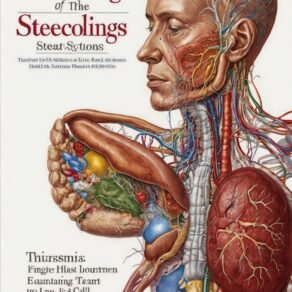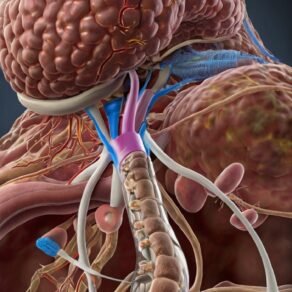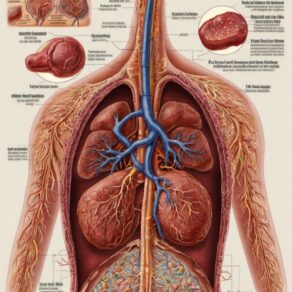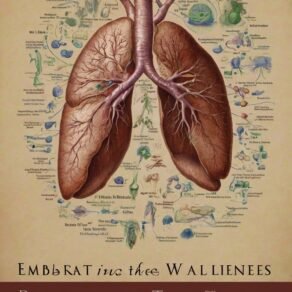Liver steatosis, commonly known as fatty liver disease, is a prevalent condition characterized by the excessive accumulation of fat within liver cells. This comprehensive article delves into the intricacies of liver steatosis, exploring its causes, symptoms, and offering a holistic approach to its management.
Understanding Liver Steatosis
1. Causes of Liver Steatosis:
- Poor Dietary Habits: Consuming a diet high in saturated fats, sugars, and refined carbohydrates can contribute to fat buildup in the liver.
- Obesity: Excess body weight, especially visceral fat, is a significant risk factor.
- Insulin Resistance: Linked to conditions like type 2 diabetes, insulin resistance plays a pivotal role in the development of steatosis.
- Genetic Factors: Some individuals are genetically predisposed to liver fat accumulation.
- Alcohol Consumption: Chronic alcohol consumption can lead to alcoholic fatty liver disease.
2. Symptoms of Liver Steatosis:
- Asymptomatic Phase: Early stages may present no symptoms, emphasizing the importance of regular check-ups.
- Fatigue: Persistent tiredness and lack of energy.
- Abdominal Discomfort: Pain or discomfort in the upper right abdomen.
- Weight Loss: Unexplained weight loss may occur in advanced stages.
- Jaundice: Yellowing of the skin and eyes in severe cases.
- Swelling: Fluid retention in the abdomen (ascites) or legs.
Holistic Management Strategies
1. Dietary Adjustments:
- Embrace a Balanced Diet: Prioritize fruits, vegetables, and whole grains, while limiting saturated fats and sugars.
- Consider Mediterranean Diet: Rich in omega-3 fatty acids, this diet has shown promise in mitigating liver steatosis.
2. Regular Physical Activity:
- Exercise Routine: Engage in regular physical activity to aid weight management and improve insulin sensitivity.
- Aim for Moderate Intensity: Both aerobic and resistance exercises can be beneficial.
3. Weight Management:
- Gradual Weight Loss: For individuals with obesity, gradual and sustained weight loss is key.
- Avoid Crash Diets: Sudden weight loss can exacerbate liver issues.
4. Limit Alcohol Consumption:
- Moderation or Abstinence: Depending on the type of liver steatosis, limiting or eliminating alcohol is crucial.
5. Medical Guidance:
- Professional Diagnosis: Seek medical advice for accurate diagnosis and personalized treatment plans.
- Medication Possibilities: Certain medications may be prescribed to manage underlying factors contributing to steatosis.
6. Monitor and Manage Underlying Conditions:
- Diabetes and Hypertension Control: Proper management of associated conditions can improve liver health.
Conclusion
Liver steatosis demands our attention due to its increasing prevalence and potential health implications. By understanding its causes, recognizing symptoms, and adopting a holistic approach to management, individuals can take proactive steps toward liver health. Always consult with healthcare professionals for accurate diagnosis and tailored guidance, ensuring a comprehensive and effective strategy in tackling this complex condition.





